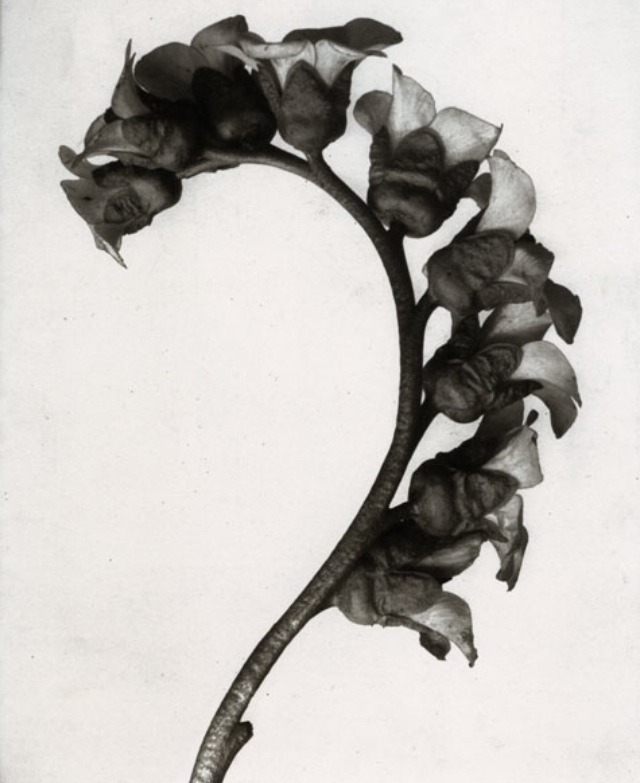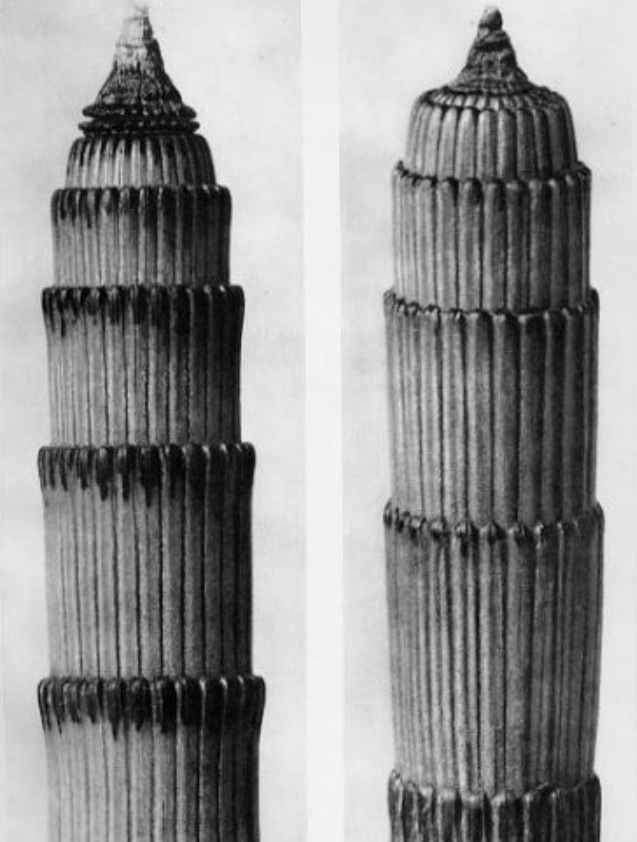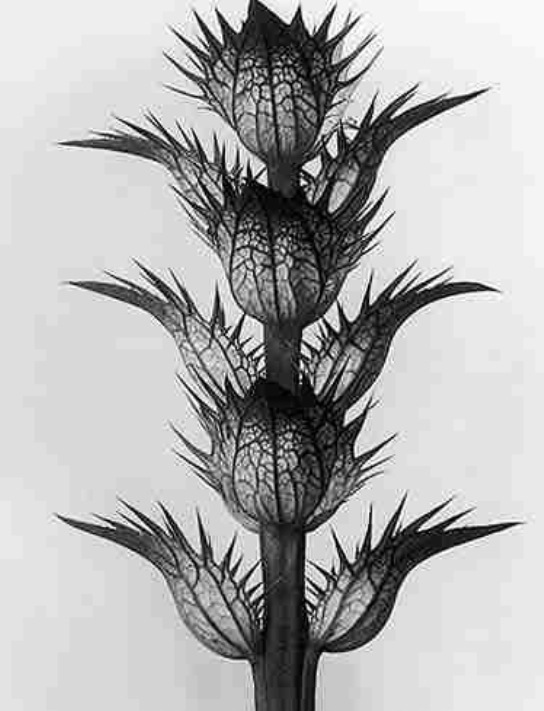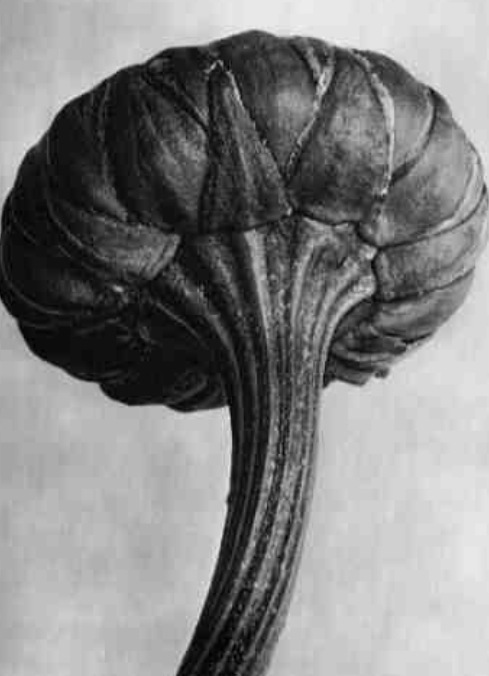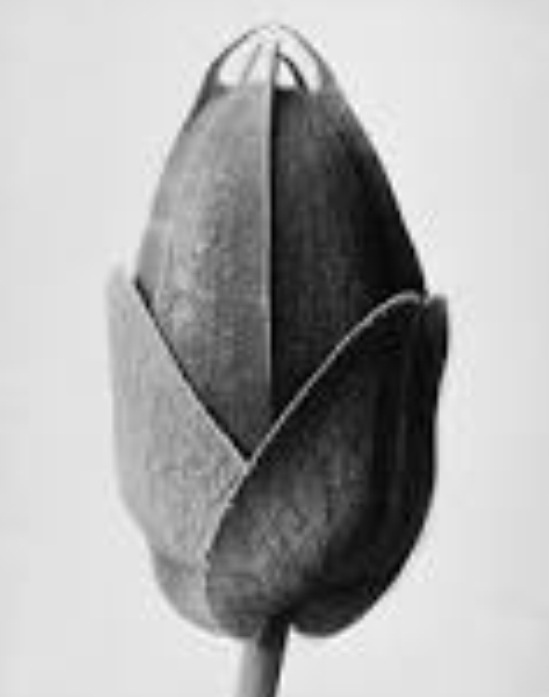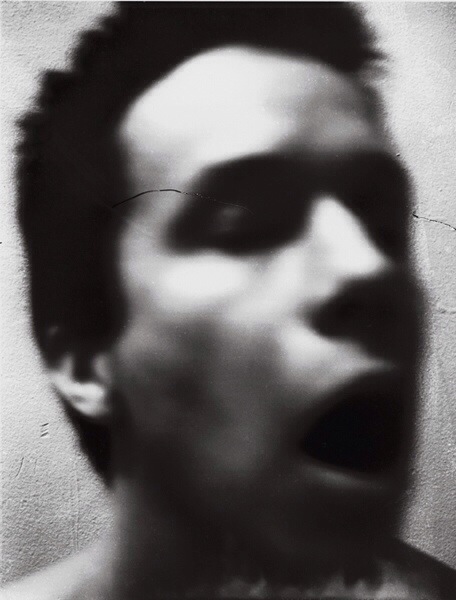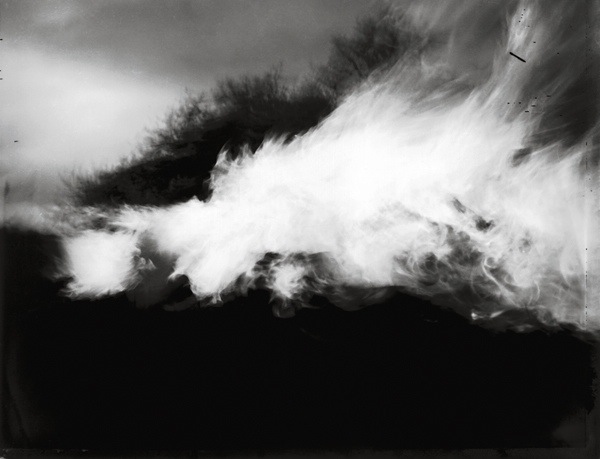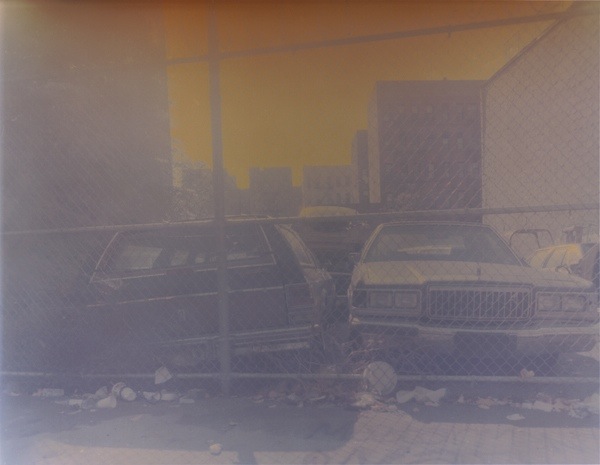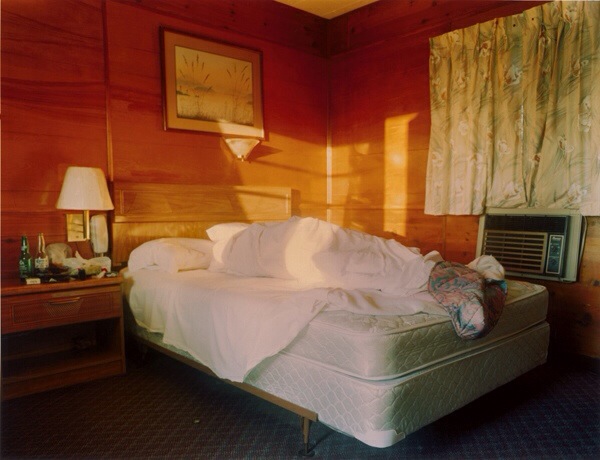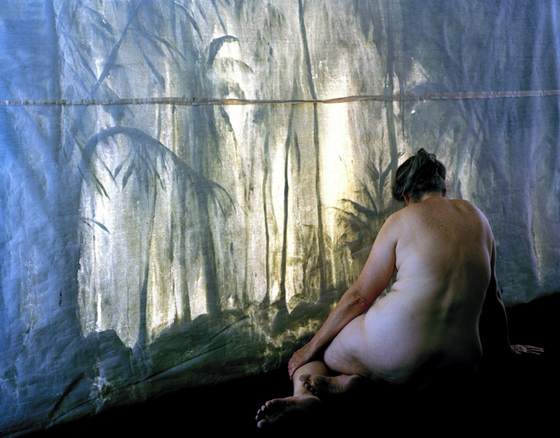I looked at blossfeldt’s images towards the start of my personal project of creating surreal landscapes. I found inspiration within his work from the way Blossfeldt displays his subject, almost as a documentation. It is the subject of the images that interest me as the plants look to be some form of alien-like weapons and objects and even like futuristic buildings. Blossfeldt plays with scale in these images making these usually small objects look as if they could be as tall as sky scrapers. This surreal quality is emphasised by the fact the images are in black and white, which I think takes away a sense of reality as the viewer questions themselves on the colour and the subject of the images.
I like the simplistic composition as the attention of the viewer is drawn only to the unusual plant and it’s finer details. In black and white the textures are also enhanced guiding the attention of the looker around the image. I find Blossfeldt’s images very visually interesting and have had a great influence over my own personal work.
(The images above were created by the photographer Karl Blossfeldt)

